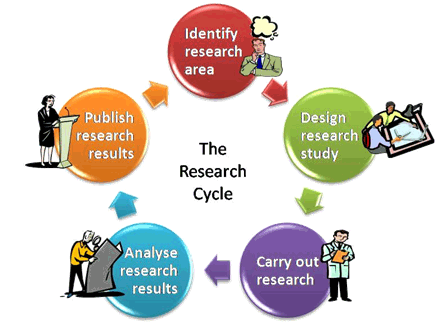 History 3000
History 3000
 History 3000
History 3000
|
LEARNING OUTCOME |
Excellent mastery 5 |
Good mastery 4 |
Some mastery 3 |
Minimal mastery 2 |
No mastery 1-0 |
|
|
|
|
|
|
|
|
HISTORICAL THINKING |
|
|
|
|
|
|
Student frames historical questions in a thoughtful, critical manner |
The paper addresses a clearly-stated and significant historical
question. Focuses on critical analysis rather than mere description. Key
terms defined. Student clarifies the significance of the question. The
question is of manageable scope and logically formulated. |
The paper addresses a significant historical question that is clearly
stated. Focus rests largely on critical analysis. Key terms usually
defined. Question is of manageable scope, posed with minimal logical
flaws in framing of the question. |
The paper addresses a historical question that can be identified with
some difficulty. Focus shifts between critical analysis and mere
description. Some key terms left undefined. Significance of question
unclear; serious logical lapses in framing of the question. |
Significance of question not demonstrated; commentary is largely
descriptive rather than analytical; key terms often undefined; the
central question in the paper is of inappropriate scope or illogically
presented. |
No identifiable historical question. |
|
Student evaluates and analyzes primary sources |
Demonstrates thorough awareness of origins, authors, contexts of all
primary sources; consciously employs verification strategies as needed |
Demonstrates some awareness of contexts of primary sources; employs some
verification strategies |
Offers partial evaluation of primary sources; spotty verification |
Offers little to no evaluation of primary sources; no verification. |
Is not aware of need to evaluate or verify sources. |
|
Student evaluates and analyzes secondary sources, demonstrating an
awareness of interpretive differences |
Demonstrates careful reading from all relevant historiographical
traditions; offers thorough, fair-minded, and informed assessment of
historiography, summarizing main ideas clearly and accurately; places
his/her own work within the historiography; raises historically
legitimate critiques concerning
the
strengths and weaknesses of the studies. |
Has read widely in several historiographical traditions; assesses and
summarizes those read; places his/her own work within the
historiography; at some points, critiques either inappropriate or
unsubstantiated |
Cites at least two different interpretations; makes an effort to place
his/her own work in reference to these two interpretations; critiques
often unfair, irrelevant, or misinformed |
Minimal discussion of interpretation in secondary works. No effort to
place his/her own work within historiography; critiques commonly unfair,
irrelevant, or misinformed. |
No awareness of interpretive differences. |
|
|
|
|
|
|
|
|
LEARNING OUTCOME |
Excellent mastery 5 |
Good mastery 4 |
Some mastery 3 |
Minimal mastery 2 |
No mastery 1-0 |
|
HISTORICAL SKILLS |
|
|
|
|
|
|
Student employs a range of primary sources appropriate to the informing
thesis of the paper |
Makes thorough use of all relevant online and print databases to
identify primary source literature; all available primary sources
identified.
|
Makes good use of relevant online and print databases; some gaps in
primary source base. |
Makes some use of online or print databases; significant gaps in source
base. |
No evidence of using databases to establish source base; source base
very limited. Major sources unknown or not employed. |
No evidence of using databases; sources entirely insufficient and
inappropriate to paper topic. |
|
Student employs a range of secondary sources appropriate to the
informing thesis of the paper |
Makes thorough use of all relevant online and print databases to
identify secondary literature; uses classic and most recent secondary
literature; no major secondary sources omitted. |
Makes good use of relevant online and print databases; some gaps in
secondary source base. |
Makes some use of online or print databases; significant gaps in source
base. |
No evidence of using databases to establish source base; source base
very limited. Major sources unknown or not employed. |
No evidence of using databases; sources entirely insufficient and
inappropriate to paper topic. |